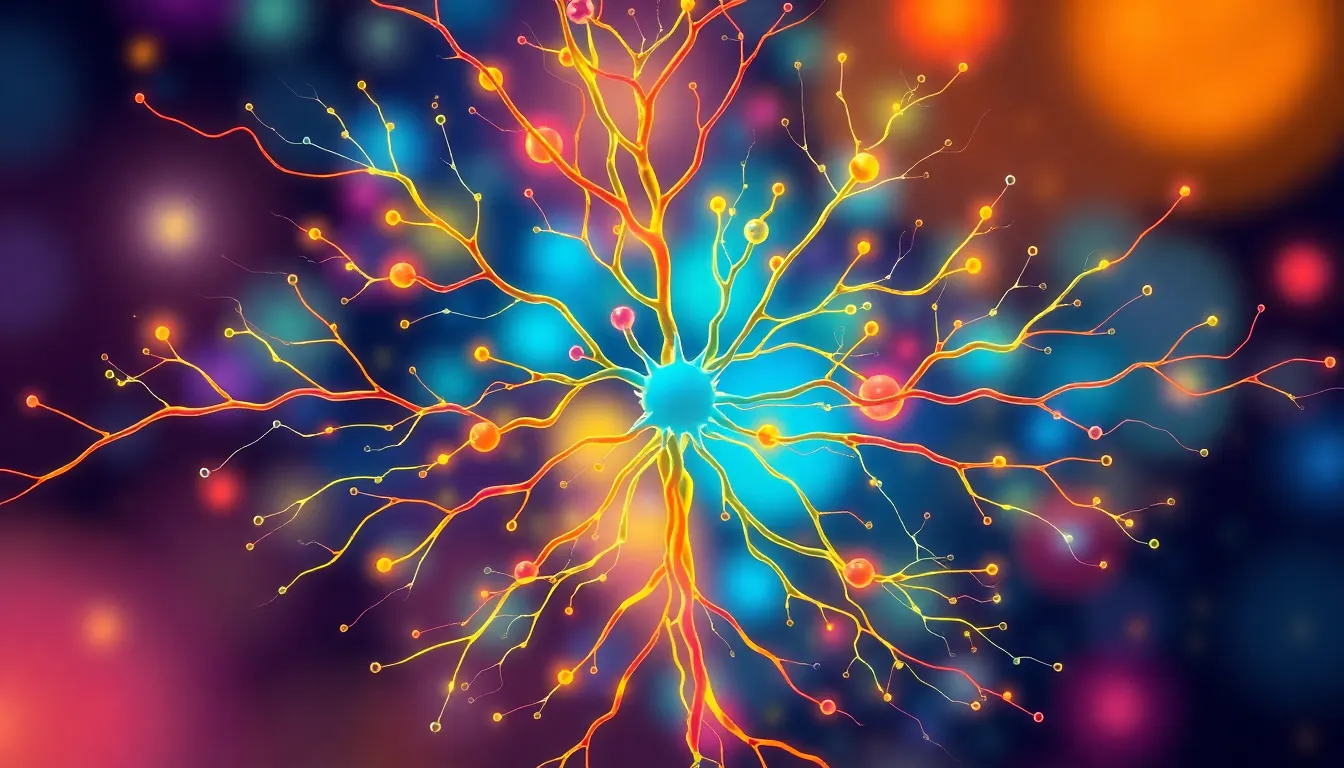In the ever-evolving world of science, few questions spark curiosity quite like the potential spread of laturedrianeuro. Imagine a phenomenon that could change the way we understand biology, and you’ve got a recipe for intrigue. Is it a new superhero? A viral sensation? Nope, it’s a topic that’s got researchers scratching their heads and the rest of us wondering if we should be worried.
Laturedrianeuro
Laturedrianeuro signifies a complex biological phenomenon with significant implications for various fields. Researchers investigate its mechanisms to understand potential effects on cellular processes. The term encompasses unique interactions within biological systems that merit further exploration.
Significant characteristics define laturedrianeuro. These involve its role in neural communication and its influence on cognitive functions. Studies suggest that laturedrianeuro can alter neural pathways, creating possibilities for both beneficial and harmful outcomes.
Specific research indicates the potential for laturedrianeuro to affect mental health. In several cases, altered neural communication linked to this phenomenon has led to increased awareness about disorders. Consequently, these findings prompt further inquiries into therapeutic applications or interventions.
Emerging evidence supports the idea that laturedrianeuro may involve genetic components. Genetic variations potentially play a role in how individuals experience this phenomenon. As scientists analyze these variations, they unveil correlations between laturedrianeuro and specific traits or conditions.
Future research aims to clarify remaining uncertainties. Clarity regarding the mechanisms underpinning laturedrianeuro could unlock new pathways for treatment and prevention strategies. With ongoing studies, the intricate relationship between laturedrianeuro and biological systems becomes increasingly evident.
Laturedrianeuro challenges traditional concepts of biology, inviting fresh perspectives. Innovative technologies now facilitate deeper investigation into its dynamics. Continued exploration promises to enhance understanding and possibly redefine existing biological frameworks.
Mechanisms of Spread

Laturedrianeuro spreads through various mechanisms, impacting neural communication and cognitive functions. Understanding these pathways is crucial in exploring its implications.
Pathways of Transmission
Direct neural connections facilitate transmission of laturedrianeuro, allowing alterations in communication between different brain regions. Chemical messengers play a significant role in modulating these interactions. Research indicates that synaptic transmission can enhance or inhibit neural pathways, influencing behaviors and cognitive outcomes. Additionally, transmissions may extend via glial cells, which support and regulate neuronal activity. Evidence also suggests that inflammation within neural circuits can amplify the effects of laturedrianeuro, leading to varying consequences in mental health.
Environmental Factors
Environmental influences greatly affect the spread of laturedrianeuro. External stimuli, including stressors and social interactions, can modify neural communication patterns. Exposure to specific environments may trigger genetic expressions linked to laturedrianeuro, shaping individual experiences. Habits like diet and exercise also contribute, as they can enhance or hinder cognitive functions. Moreover, pollutants and toxins within the environment may exacerbate the effects of laturedrianeuro, leading to adverse health outcomes. Understanding these factors provides insight into managing and potentially mitigating the impact of laturedrianeuro on health.
Impacts of Laturedrianeuro Spread
Laturedrianeuro spread can significantly affect various aspects of health and the economy. Understanding these implications remains crucial for researchers and policymakers.
Health Implications
Laturedrianeuro directly influences mental health. Altered neural pathways may contribute to heightened anxiety, depression, and other disorders. Increased awareness around these issues has prompted research into therapeutic applications that target these changes. Individuals experiencing laturedrianeuro may also face challenges in cognitive functions, leading to difficulties in decision-making and memory retention. Researchers continue to explore potential interventions that could alleviate mental health burdens associated with this phenomenon, ensuring holistic approaches to treatment.
Economic Consequences
Economic impacts of laturedrianeuro extend beyond individual health costs. Increased healthcare expenditures result from mental health disorders linked to changes in neural communication. Employers may experience reduced productivity due to employees struggling with these cognitive challenges. Additionally, the healthcare system faces rising demands as more people seek treatment for conditions influenced by laturedrianeuro. Long-term economic implications could manifest as decreased workforce participation and increased public health spending, necessitating strategic planning from various stakeholders.
Research and Studies
Research into laturedrianeuro has revealed significant insights regarding its spread and impact on cognitive health. Studies continue to uncover mechanisms at play, enhancing understanding of this complex phenomenon.
Recent Findings
Emerging studies indicate laturedrianeuro can lead to distinct alterations in neural pathways, influencing both mental health and cognitive function. Recent data show a correlation between specific genetic markers and variations in the expression of laturedrianeuro. Investigations into these genetic components suggest they may directly affect how individuals respond to environmental stressors. Furthermore, research highlights how glial cell activity amplifies the effects of laturedrianeuro, complicating the overall impact on the brain. As studies progress, they continue to clarify the implications for therapeutic interventions targeting mental health disorders linked to laturedrianeuro.
Future Directions in Research
Future research aims to elucidate the precise biological mechanisms influencing laturedrianeuro. Understanding these processes remains critical for developing effective treatments. Researchers plan to explore environmental triggers and their role in the spread of laturedrianeuro, looking closely at social interactions and lifestyle factors. Investigating potential interventions to mitigate adverse effects also becomes a central focus. Collaboration among geneticists, neuroscientists, and clinicians will likely drive progress in this field. Enhanced insights could lead to novel strategies for preventing and managing conditions associated with laturedrianeuro.
Conclusion
The exploration of laturedrianeuro reveals its intricate role in neural communication and mental health. As research advances it becomes clear that understanding its spread is crucial for developing effective interventions. The interplay of genetic factors and environmental influences highlights the complexity of this phenomenon.
Recognizing the potential implications for mental health and cognitive function is essential for both individuals and healthcare systems. With ongoing studies aimed at unraveling the underlying mechanisms, there’s hope for innovative treatment strategies that could mitigate the adverse effects of laturedrianeuro. The future of this field promises not only to enhance biological understanding but also to improve overall well-being.

